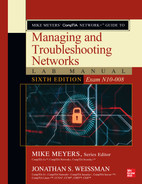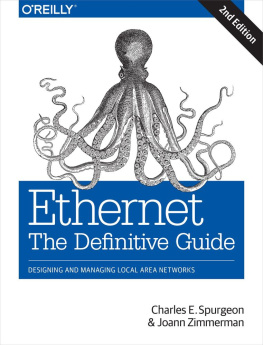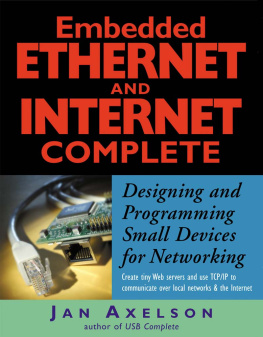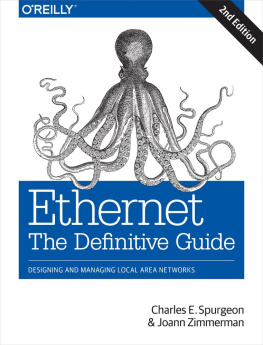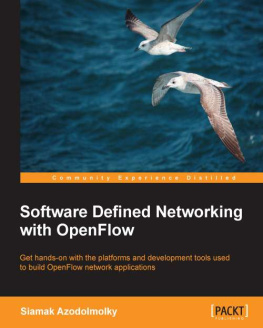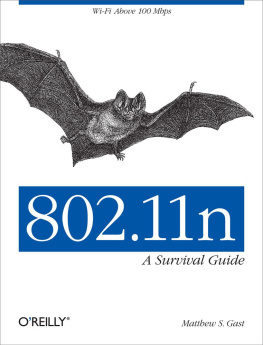Spurgeon C.E. - Ethernet Switches. An Introduction to Network Design with Swithes
Here you can read online Spurgeon C.E. - Ethernet Switches. An Introduction to Network Design with Swithes full text of the book (entire story) in english for free. Download pdf and epub, get meaning, cover and reviews about this ebook. genre: Computer / Science. Description of the work, (preface) as well as reviews are available. Best literature library LitArk.com created for fans of good reading and offers a wide selection of genres:
Romance novel
Science fiction
Adventure
Detective
Science
History
Home and family
Prose
Art
Politics
Computer
Non-fiction
Religion
Business
Children
Humor
Choose a favorite category and find really read worthwhile books. Enjoy immersion in the world of imagination, feel the emotions of the characters or learn something new for yourself, make an fascinating discovery.
- Book:Ethernet Switches. An Introduction to Network Design with Swithes
- Author:
- Genre:
- Rating:5 / 5
- Favourites:Add to favourites
- Your mark:
Ethernet Switches. An Introduction to Network Design with Swithes: summary, description and annotation
We offer to read an annotation, description, summary or preface (depends on what the author of the book "Ethernet Switches. An Introduction to Network Design with Swithes" wrote himself). If you haven't found the necessary information about the book — write in the comments, we will try to find it.
Learn about switch management and some of the most widely used switch features
Discover how a hierarchical design can help maintain stable network operations
Delve into special-purpose switches, such as multi-layer, access, stacking, and wireless access-point switches
Learn about advanced switch features designed for specific networking environments
Dive deeper into switches, with a list of protocol and package documentationTable of Contents
Basic Switch Operation
Basic Switch Features
Network Design with Ethernet Switches
Special-Purpose Switches
Advanced Switch Features
Appendix A. Resources iPAD Amazon Kindle, PC , Cool Reader, Calibre, Adobe Digital Editions
Spurgeon C.E.: author's other books
Who wrote Ethernet Switches. An Introduction to Network Design with Swithes? Find out the surname, the name of the author of the book and a list of all author's works by series.


